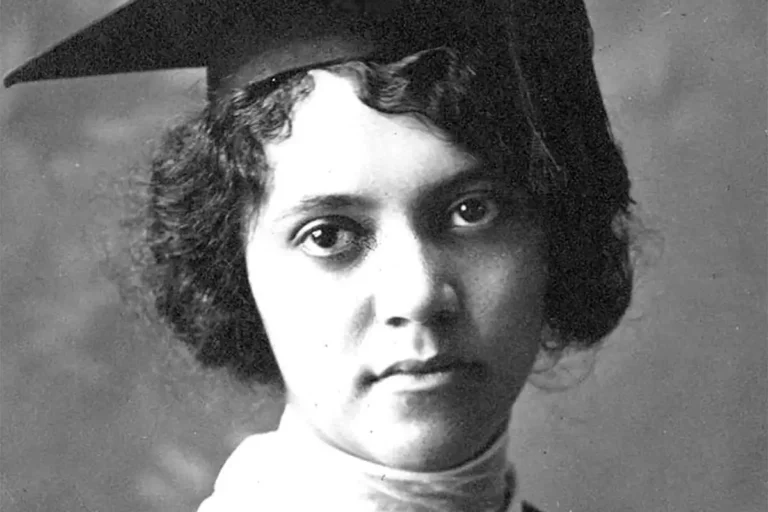Here’s a full profile of Alice Ball, a pioneering African American chemist whose work changed medicine:
Alice Augusta Ball
Born: July 24, 1892 – Seattle, Washington, USA
Died: December 31, 1916 – Honolulu, Hawaii (age 24)
Profession: Chemist, researcher, professor
Known For: Developing the “Ball Method”, the first effective treatment for leprosy (Hansen’s disease).
Early Life
- Born into a well-educated, middle-class Black family in Seattle.
- Fascinated by chemistry from a young age.
- Earned degrees in pharmaceutical chemistry (1912) and pharmacy (1914) from the University of Washington.
- In 1915, she became the first woman and first African American to earn a master’s degree in chemistry from the University of Hawaii.
Scientific Breakthrough – The Ball Method
- At age 23, while teaching at the University of Hawaii, she researched chaulmoogra oil, a traditional remedy for leprosy.
- Problem: The oil was sticky and hard to inject, making it ineffective.
- Alice discovered a way to chemically modify the oil into injectable, water-soluble compounds.
- Her treatment, known as the Ball Method, became the world’s leading treatment for leprosy until the 1940s (when antibiotics replaced it).
Untimely Death & Recognition
- Tragically, Alice Ball died in 1916 at just 24 years old, likely from chemical exposure during her research.
- For years, her work was not properly credited — another chemist, Arthur L. Dean, continued her research but initially failed to acknowledge her contribution.
Honors & Legacy
- 2000: University of Hawaii honored her with a plaque and declared “Alice Ball Day” (February 29, celebrated every 4 years).
- 2007: Featured in the book Breaking Through the Clouds: The Life of Dr. Margaret Tobin Brown.
- 2017: Added to the London School of Hygiene & Tropical Medicine’s frieze honoring global medical pioneers.
- 2022: Included in the “American Women Quarters Program” — Alice Ball appeared on a U.S. quarter coin.



